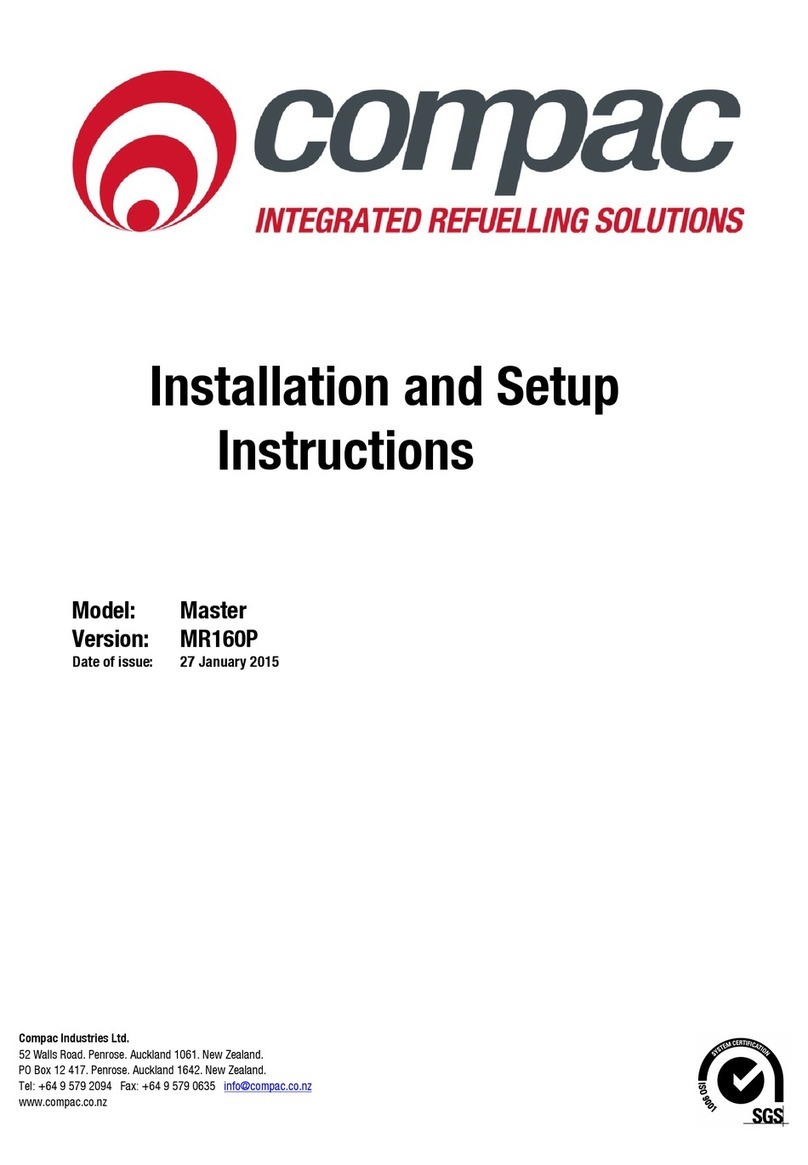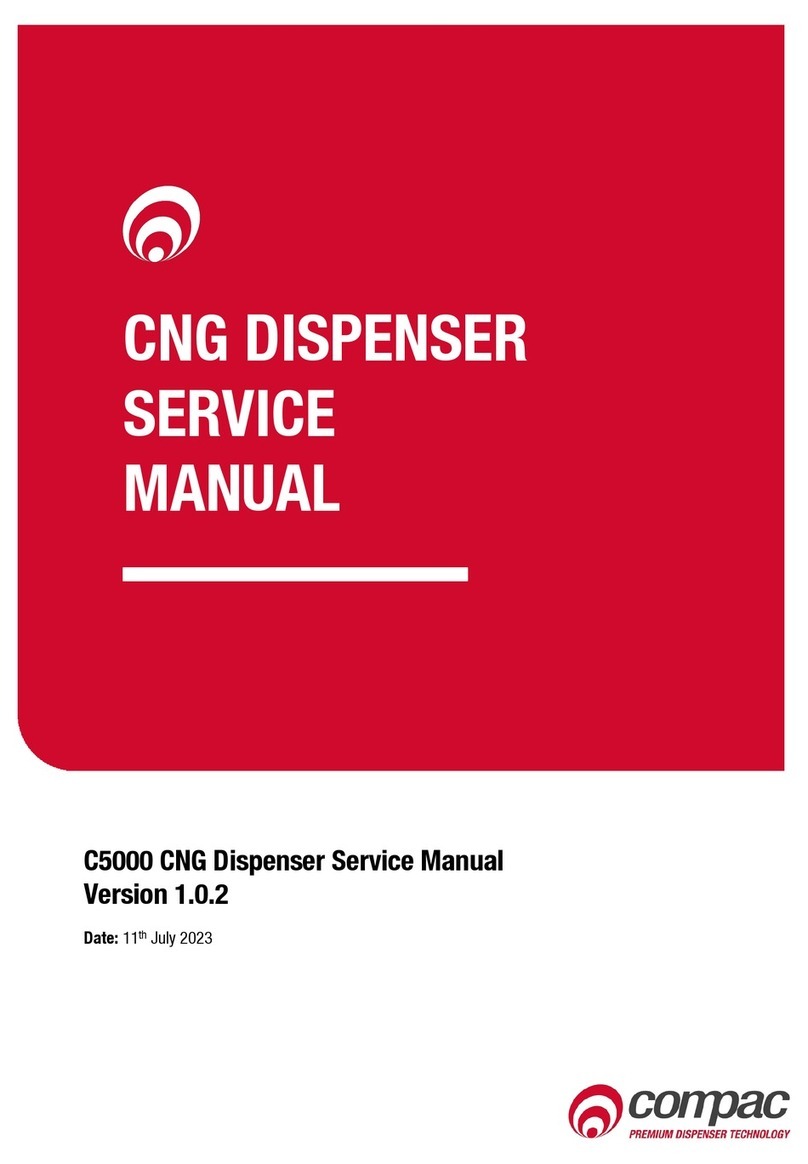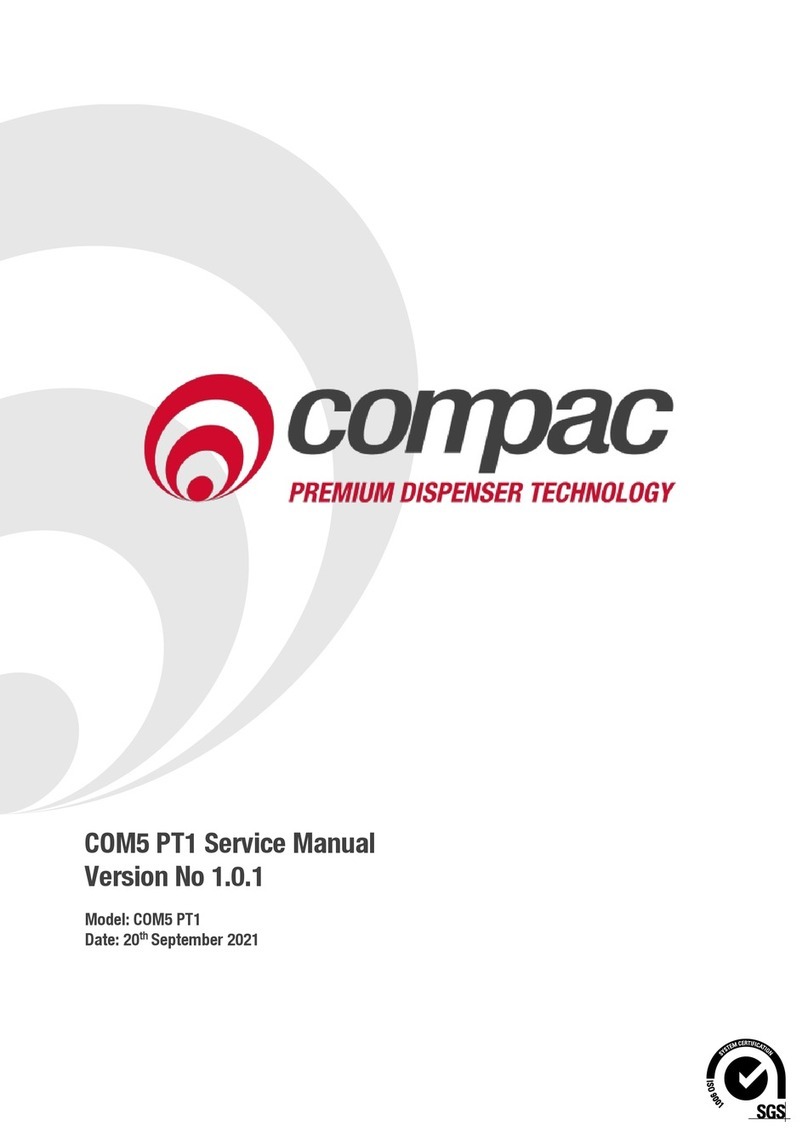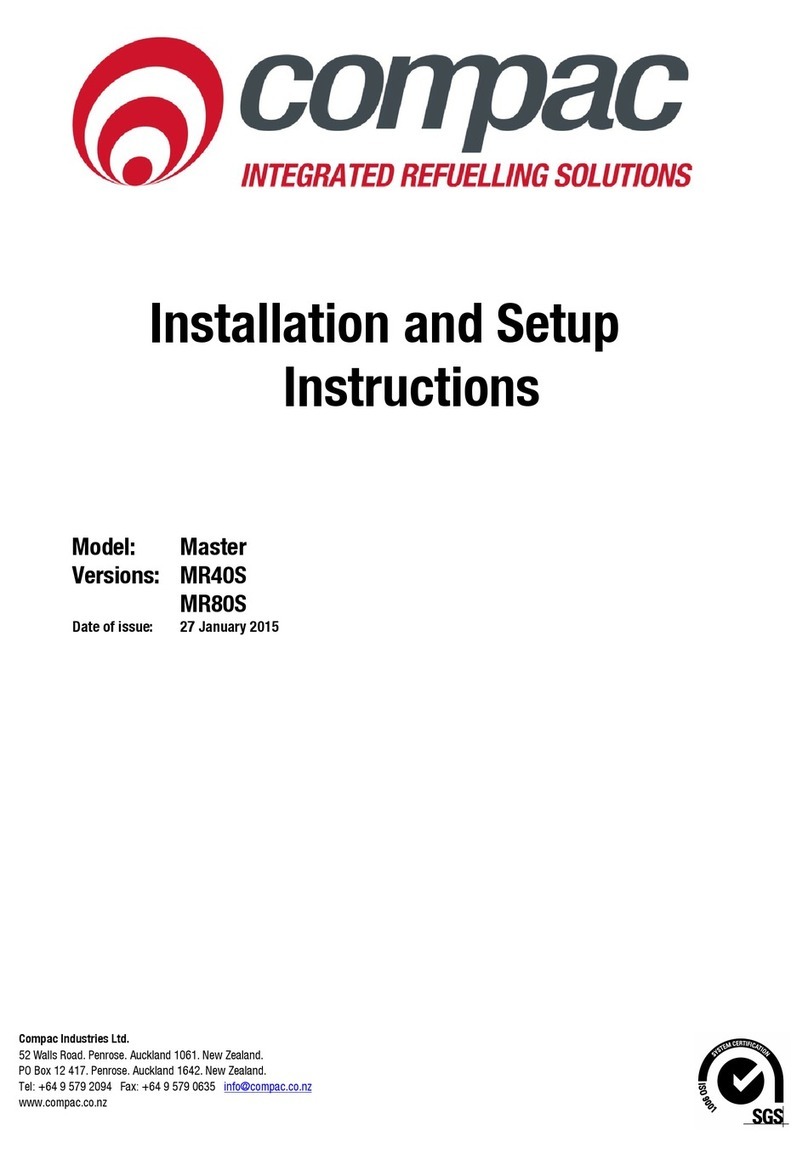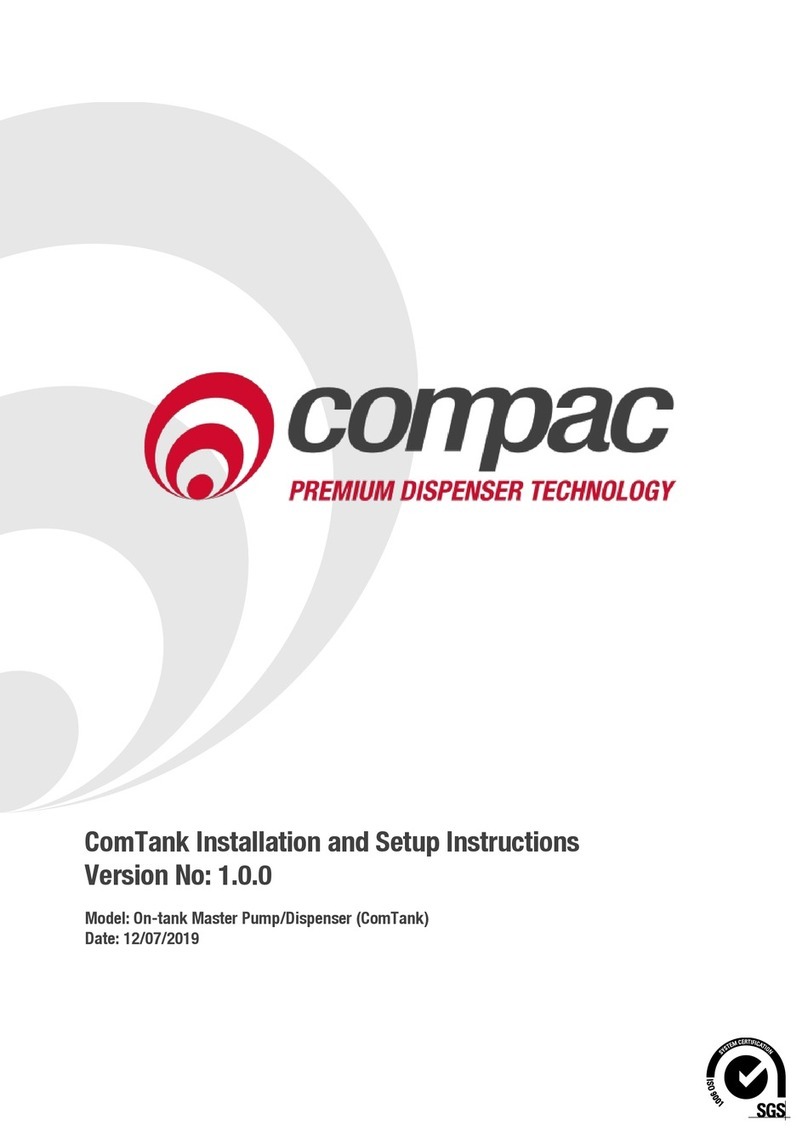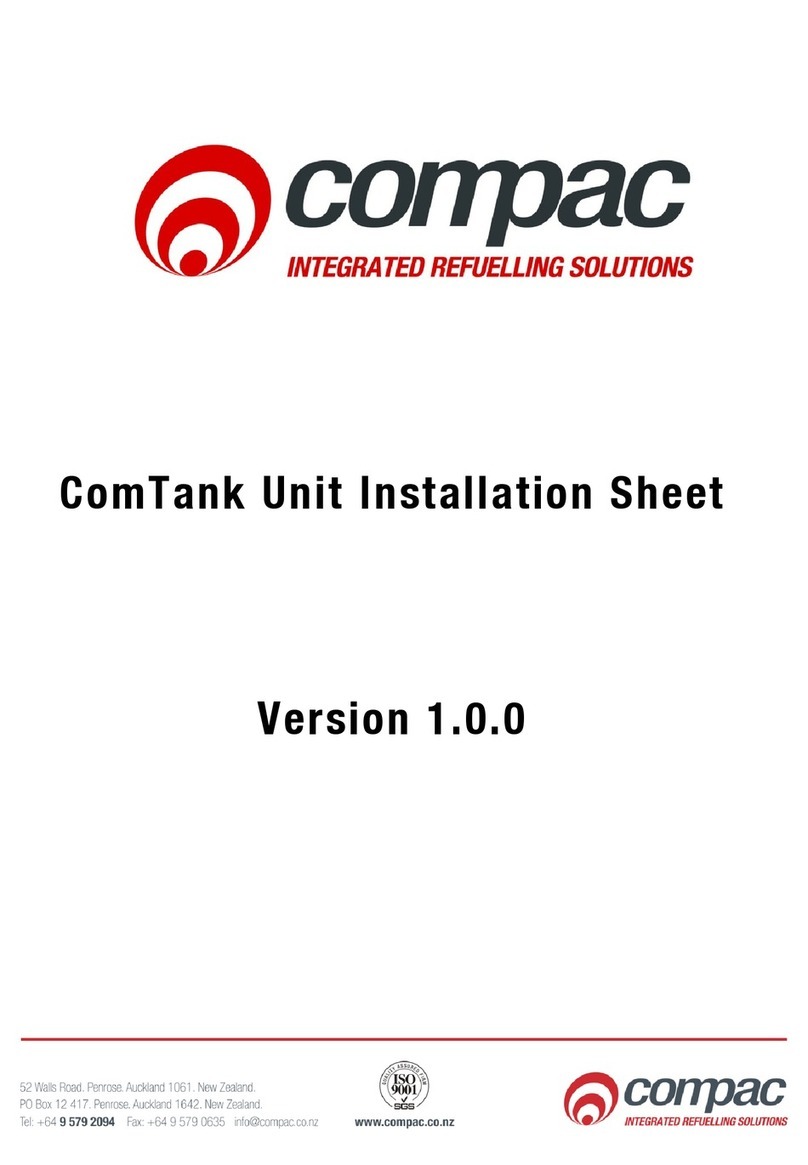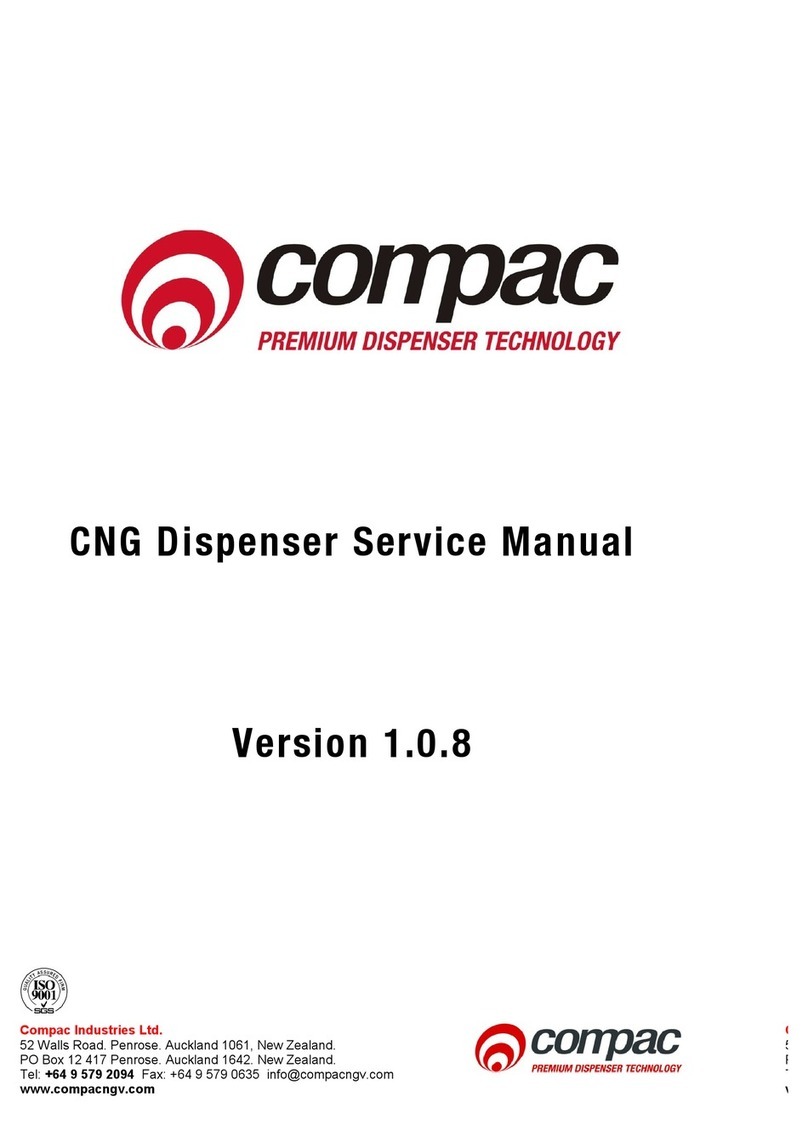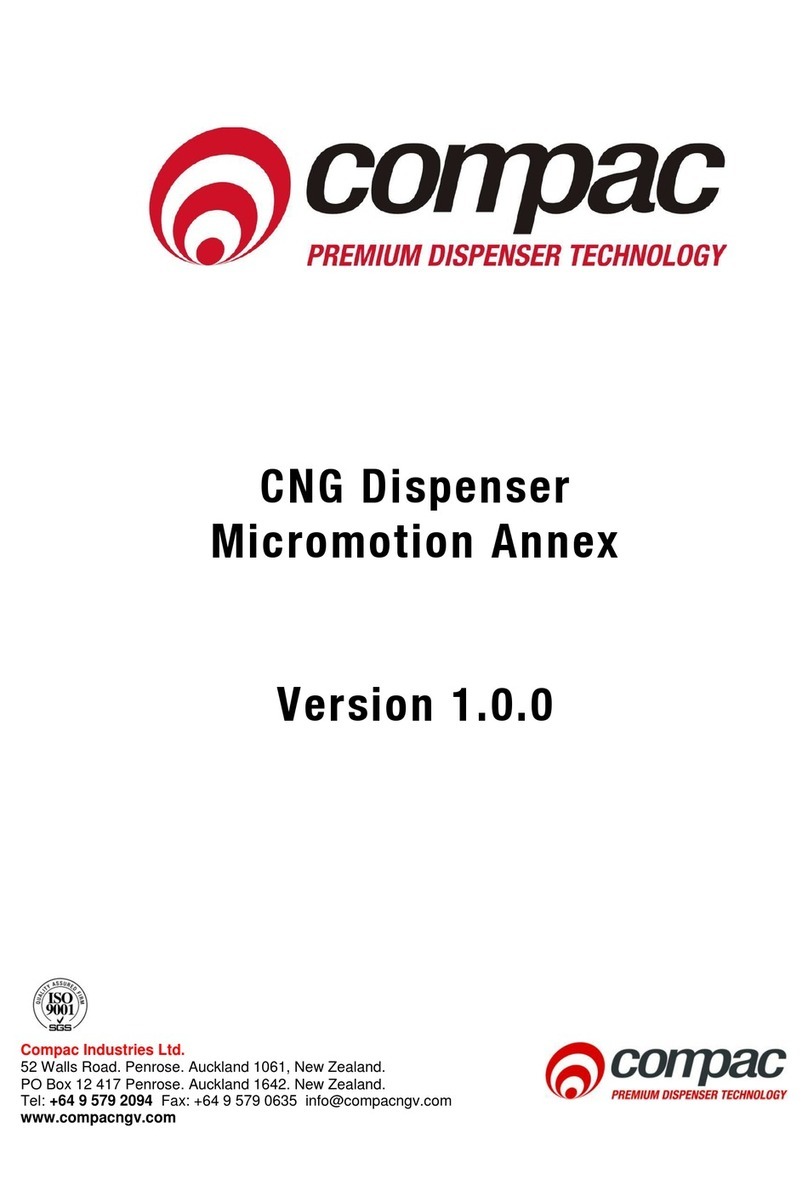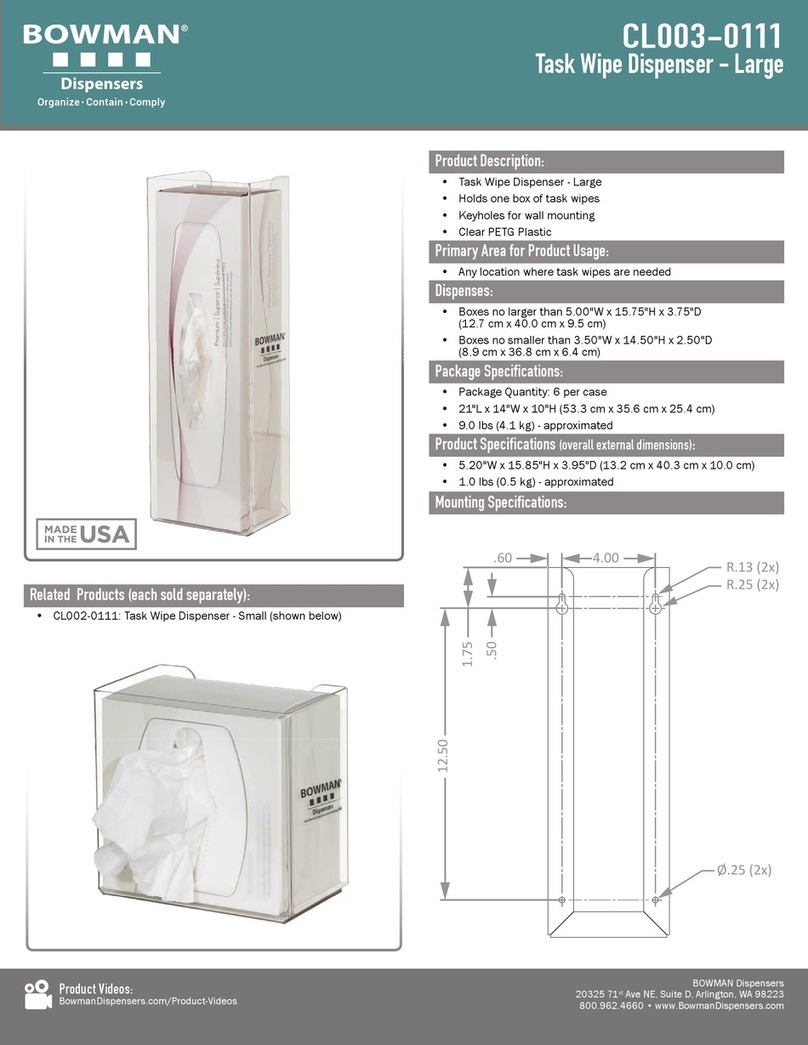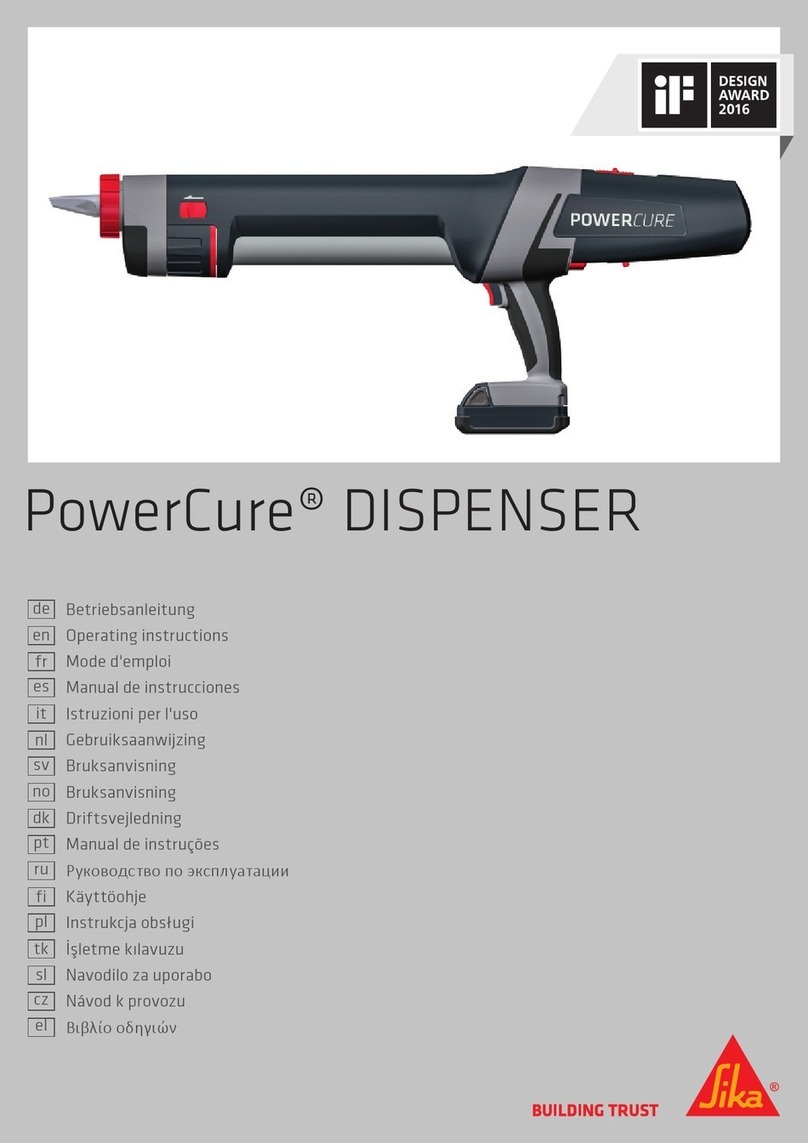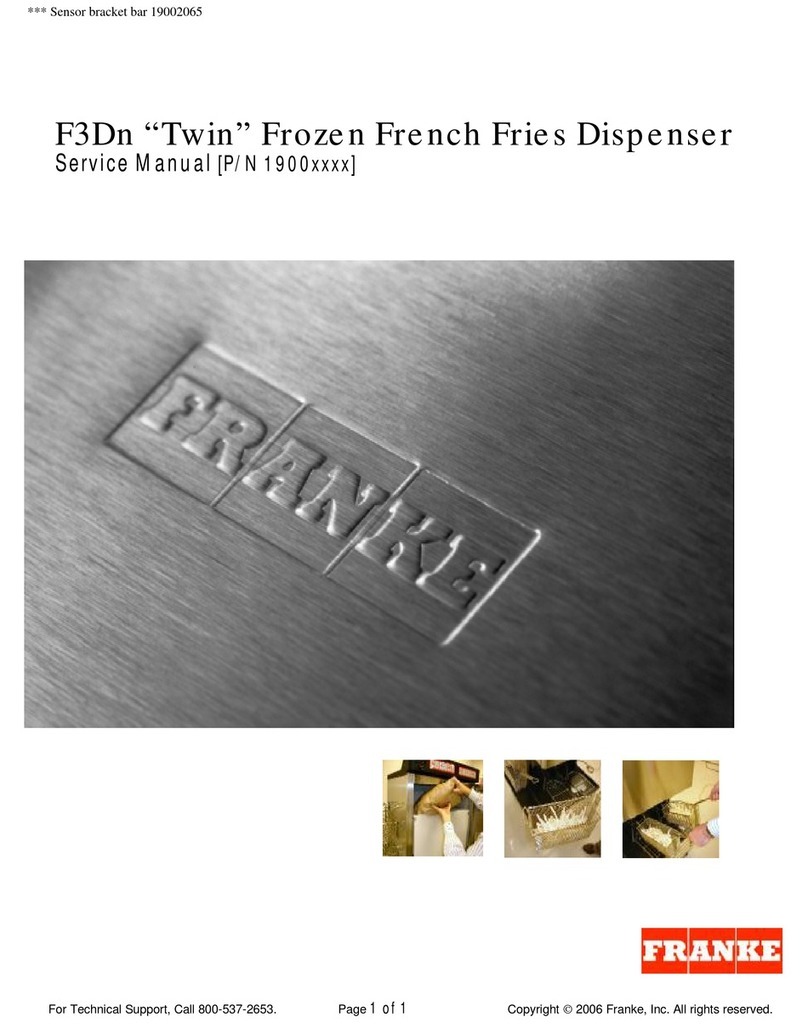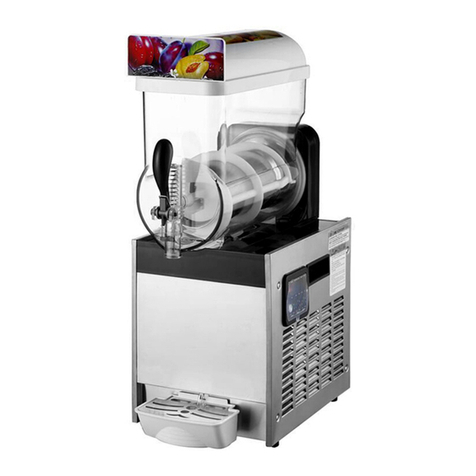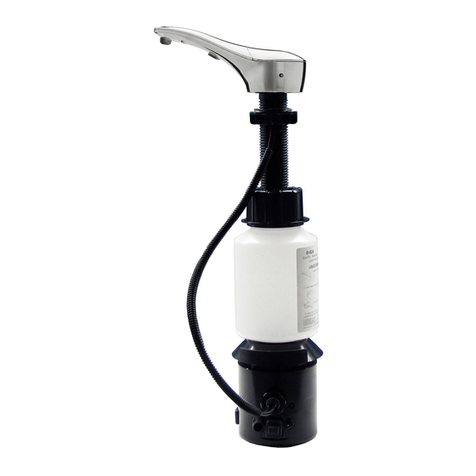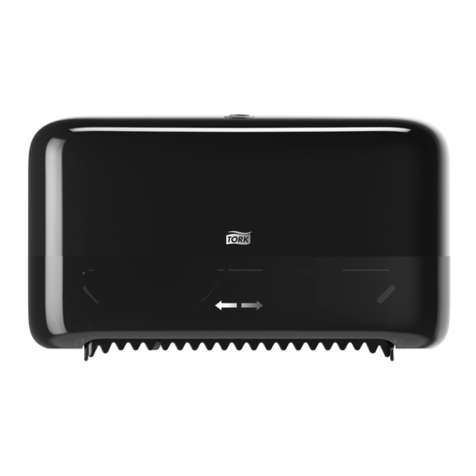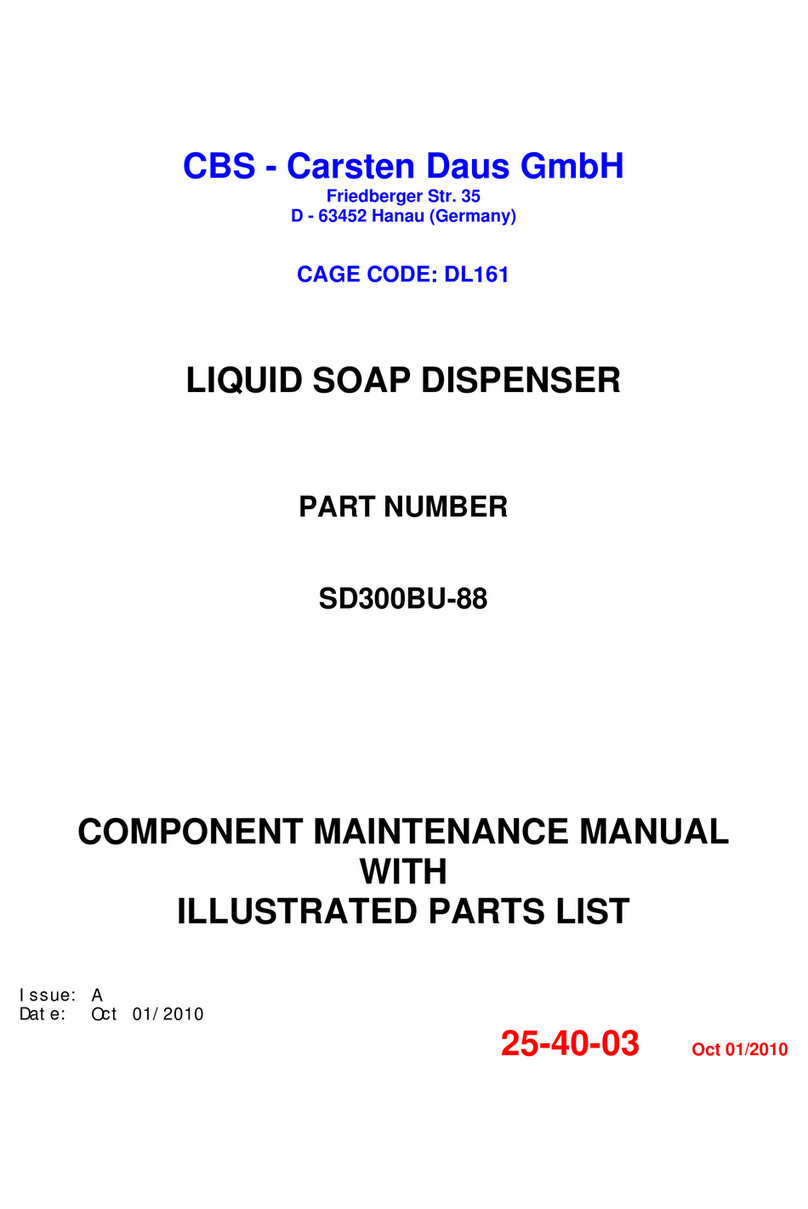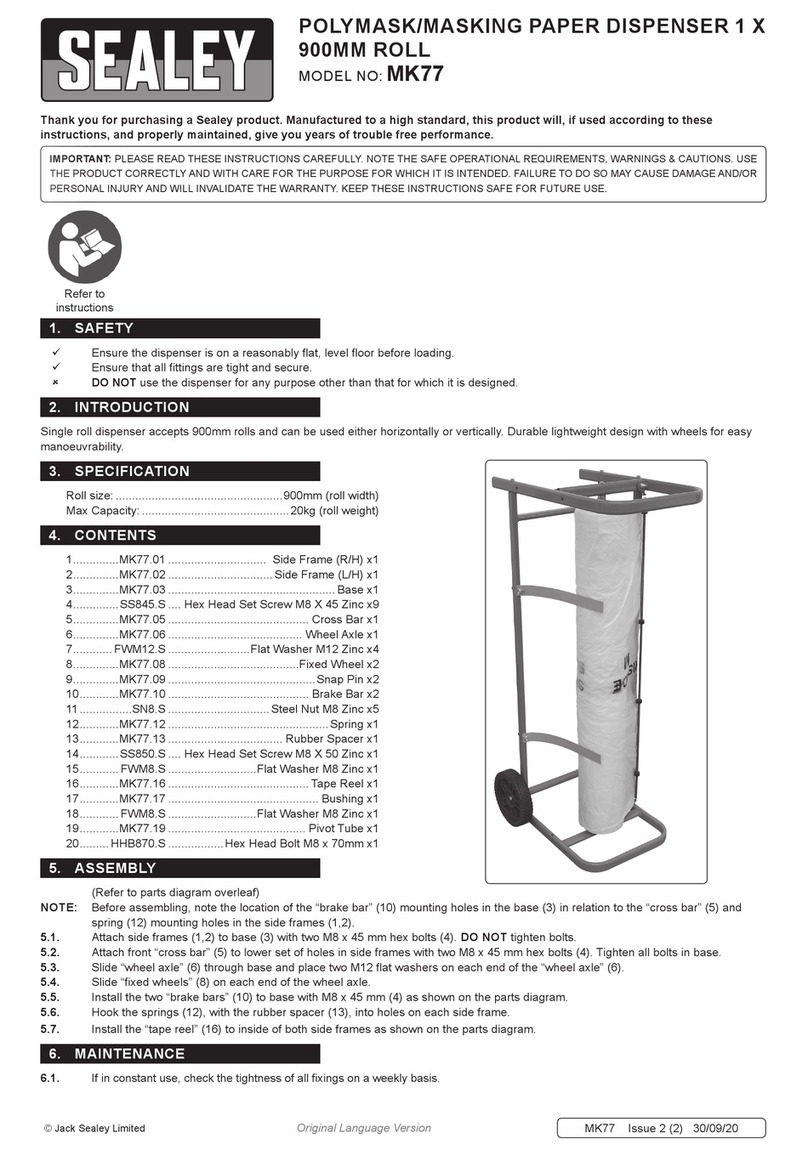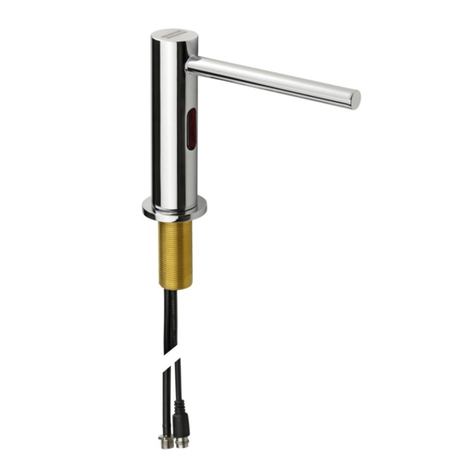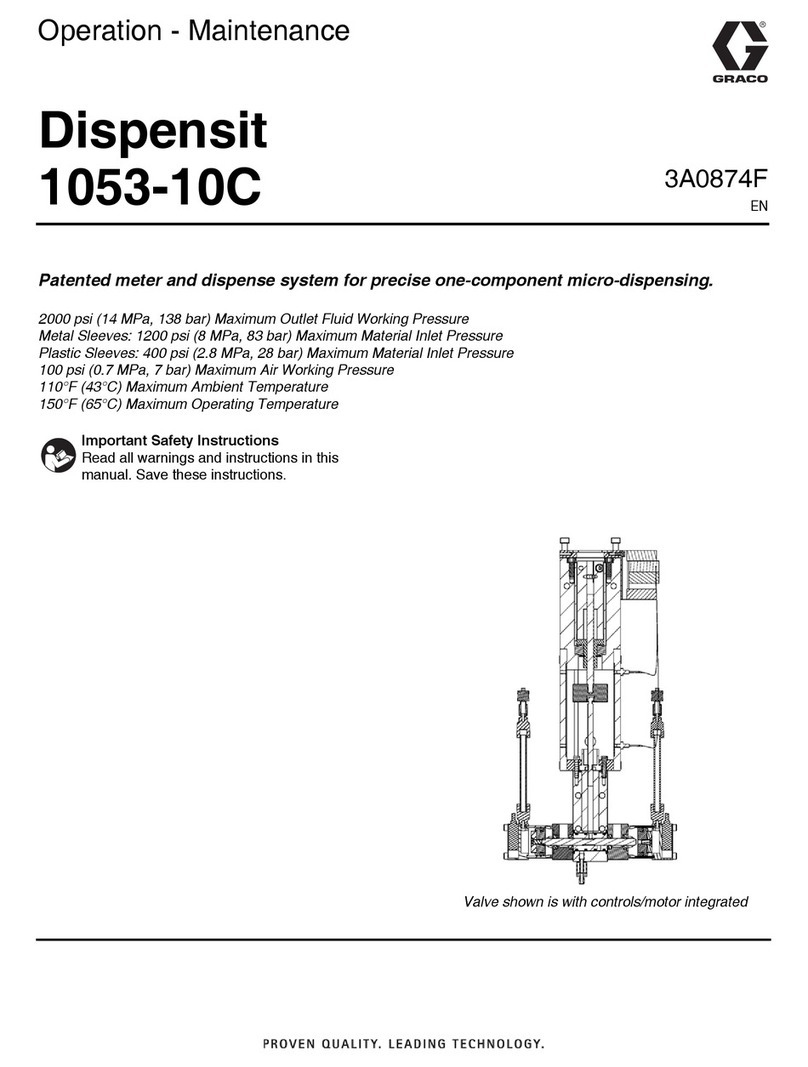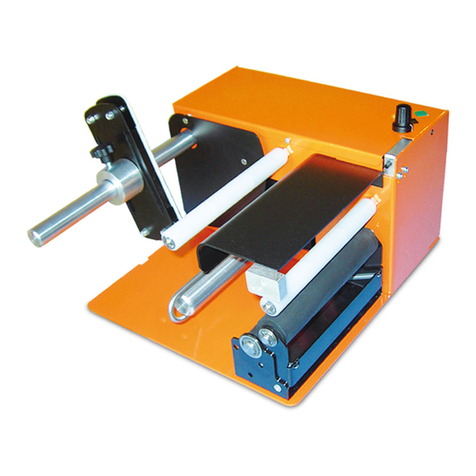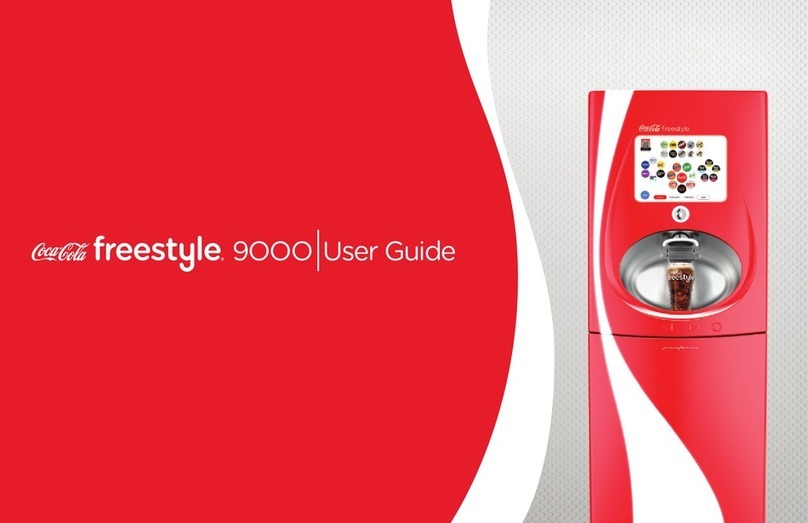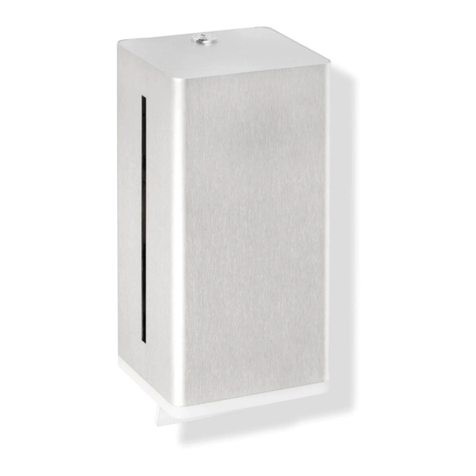
Page 3
Contents
Conditions of Use ............................................................................................................................................................. 2
Product Identification ....................................................................................................................................................... 5
Document Control Information ........................................................................................................................................ 6
Symbols and Units of Measure ........................................................................................................................................ 7
Safety ................................................................................................................................................................................. 8
Introduction .............................................................................................................................................................. 9
Mechanical Installation ................................................................................................................................................... 10
Preparing and Cleaning Pipework.......................................................................................................................... 11
Mounting the Loading post..................................................................................................................................... 12
Connecting the Pipework ....................................................................................................................................... 13
Electrical Installation ...................................................................................................................................................... 13
CNG Cable Requirements ..................................................................................................................................... 13
Connecting Mains Power ....................................................................................................................................... 14
Electrical Commissioning .............................................................................................................................................. 15
Mechanical Commissioning ........................................................................................................................................... 16
Set-up............................................................................................................................................................................... 17
Parameter switch ................................................................................................................................................... 17
K-Factor Switch...................................................................................................................................................... 17
C Configuration Code ............................................................................................................................................ 20
Reading the Loading Post Totals ........................................................................................................................... 21
CNG Loading ......................................................................................................................................................... 22
Servicing .......................................................................................................................................................................... 23
Degassing the Loading post................................................................................................................................... 23
Scheduled Servicing .............................................................................................................................................. 24
Solenoid Valve Seal Replacement......................................................................................................................... 27
Solenoid Coil Replacement.................................................................................................................................... 30
Compac Breakaway Seal Replacement................................................................................................................. 31
Three Way Refuelling Valve Seal Replacement .................................................................................................... 32
Refuelling Hose Replacement................................................................................................................................ 34
Power Supply Replacement................................................................................................................................... 35
C4000 Processor Board Replacement................................................................................................................... 36
Software Upgrade/Replacement ............................................................................................................................ 37
Meter Replacement................................................................................................................................................ 38
Unserviceable Parts List ........................................................................................................................................ 39
Loading post Calibration ................................................................................................................................................ 40
Meter Calibration.................................................................................................................................................... 40
Indicator LEDs ....................................................................................................................................................... 42
Power and Watchdog LEDs ................................................................................................................................... 42
Diagnostic and Output LEDs.................................................................................................................................. 43
Troubleshooting.............................................................................................................................................................. 44
Problems When Post is Idle ................................................................................................................................... 45
Problems Starting a Fill .......................................................................................................................................... 46

